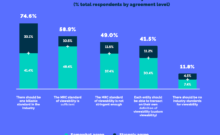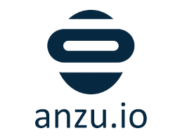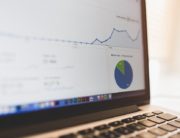Brand safety means different things to different brands. For some, even the most kamikaze stunts can be brand safe, but you will never know unless you have a real conversation with the marketer, and you won’t be able to act on it unless you also talk to the agency, the platform and the publisher.
Often, you need more than one conversation. Global brands have global KPIs, but they also need to establish at a local level what consumers want, because brand safe behaviour in Germany is very different from Italy or Spain, for example.
Google and Facebook take nearly 90% of digital ad dollars, partly because their simple offering means less of those difficult conversations.
They have the same product everywhere in the world, accessed through the same buying tools. This makes them easy to work with, but behind their simplicity lies a complex web of deals and a lack of transparency which last week saw Mark Zuckerberg up before Congress, and Google accused of illegally collecting personal data from children under 13.
These controversies are in nobody’s interest, but at least they have raised awareness of the issues and serve as a reminder that customer interest should be at the heart of everything you do.
Do we want some kind of a big brother who is able to see everything that we want, and to anticipate what we don’t want now, but will want in a few months? That’s all very well from a business perspective, but you can’t trample all over the consumer because the consumer is the one paying for the service and watching the ads.
With Facebook and Cambridge Analytica putting brand safety at the top of the agenda, everyone – advertisers, agencies, platforms and publishers – is suddenly keen to have these conversations and to take a more collective responsibility for brand safety……….
Read More at The Original Article: www.thedrum.com









